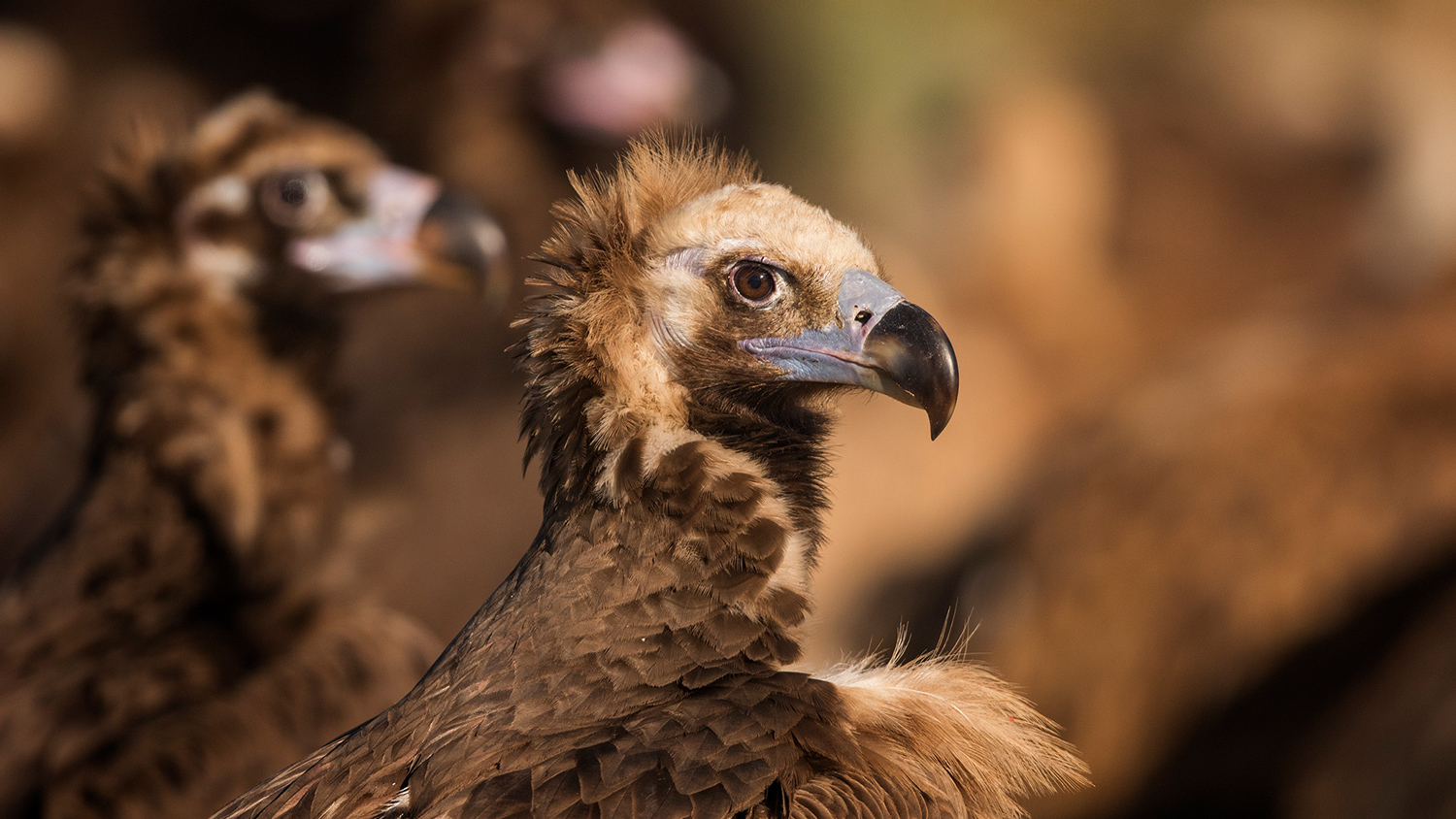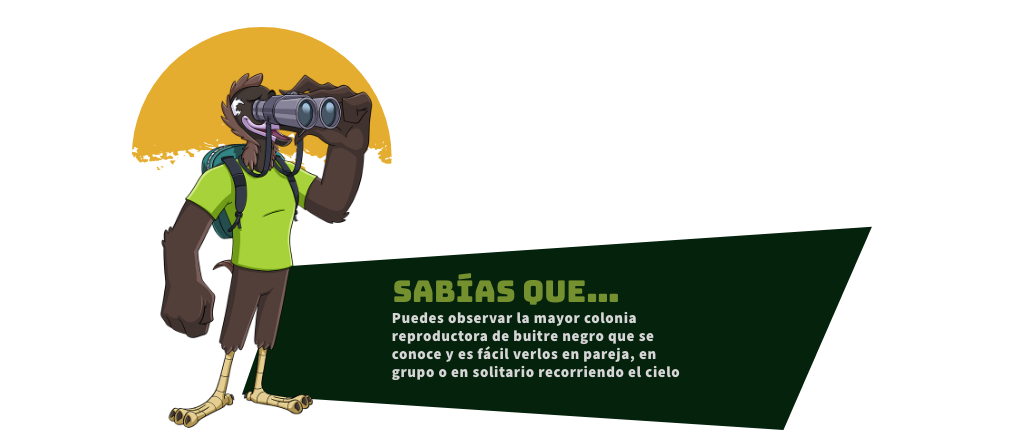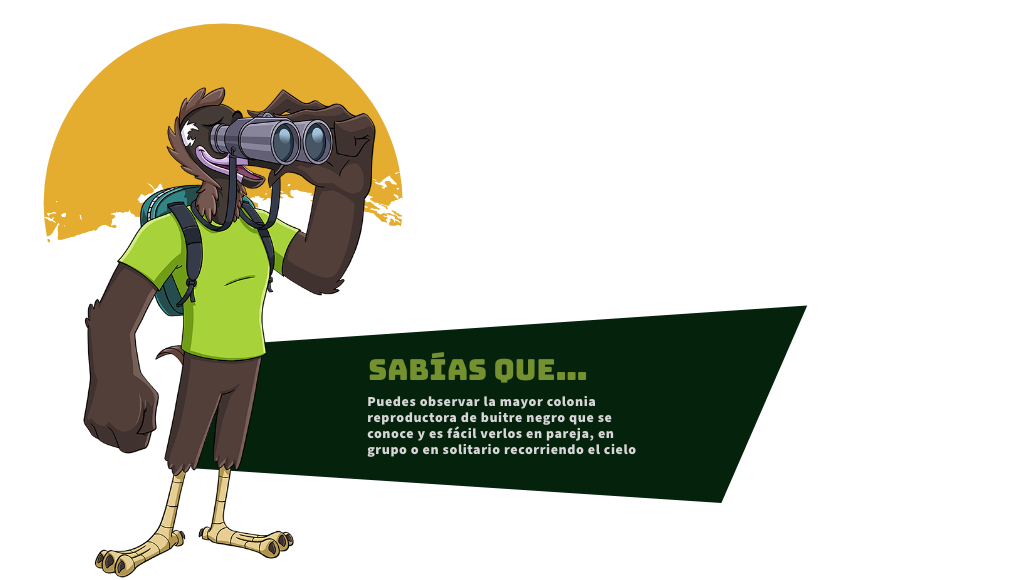



In the Monfragüe Biosphere Reserve the spectacle of its birds is assured. The territory of which it consists is a region of great biodiversity owing to the richness of its ecosystem, which means that it is considered one of the best places in Europe for birdwatching.
Throughout the length and breadth of the Reserve you can observe unique species such as the Spanish imperial eagle, which is restricted to the Iberian Peninsula, and a large proportion of the black vultures to be found in Europe. Furthermore, you can also observe other large birds such as the black stork, the griffon vulture, the Egyptian vulture, the purple gallinule, and Bonelli’s eagle.
But there are other species apart from large birds of prey; the riverbanks, the watercourses, and the wetlands of the Reserve are the home of birds such as kingfishers, cormorants, purple herons, and cranes which give a complete experience to both beginners and seasoned birdwatchers.
Go on a thrilling photographic safari to take in the viewpoints and observatories of the Reserve and don’t miss the richness of the birds of our territory. You can explore the Viewpoint of the Gypsy’s Jump, La Serrana, the viewpoint of Monfragüe Castle, La Higuerrilla, the Malavuelta Viewpoint, the Portilla del Tiétar, and the Arrocampo Reservoir.
If you want to get to know this wonderful richness of species, visiting the “Monfragüe Bird Center” in Torrejón el Rubio before starting birdwatching is essential. You can also go to the Arrocampo Bird Park in Saucedilla which has five observatories from which to contemplate the various families of birds inhabiting the wetland.
You can also visit Villareal de San Carlos, which is an international point of reference for ornithology during the Extremadura Birdwatching Fair (FIO), which is held every year in late February. Thanks to all this, the Monfragüe Biosphere Reserve is one of the main world tourist destinations for enthusiasts of ornithological tourism.


Spanish imperial eagle
Aquila adalberti

Egyptian vulture
Neophron percnopterus

Griffon vulture
Gyps fulvus

Black vulture
Aegypius monachus

Black stork
Ciconia nigra

Purple gallinule
Porphyrio porphyrio
CÁCERES PROVINCIAL
TOURIST INFORMATION
Biosphere Reserve
Visitors Centre
msuarezza@dip-caceres.es
+34 927 199 134








Copyright Monfragüe Biosphere Reserve | Designed by Peces Gordos Estudio
Aviso legal | Políticas de privacidad